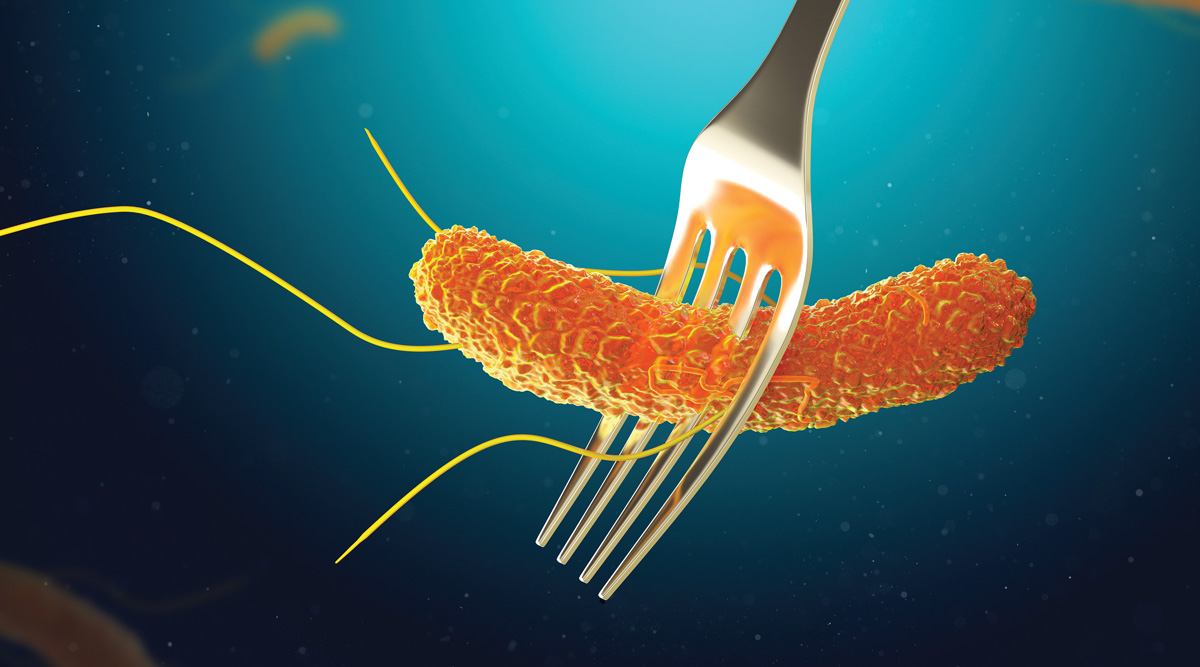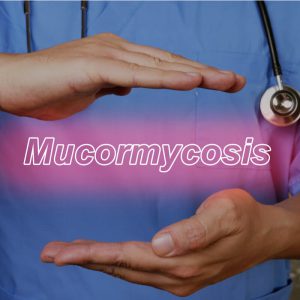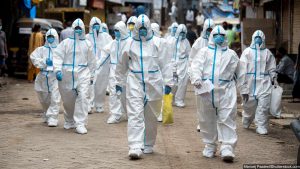Consumer: Greetings! I would like to buy some food ingredients for tonight’s dinner.
Vendor: Sure sir. We have all fresh variety of ingredients. What would you like?
Consumer: Give me the best quality eggs, meat and onions.
Vendor: Here you go sir. We do have a new food ingredient too, Salmonella! It now comes complimentary with those 3 ingredients. Would you like to try it?
Consumer: But Salmonella is not a Food ingredient sir!!!
Vendor: Oops…
CDC: “Well, well, well… here’s another nice mess you’ve gotten me into!”
The initial outbreak of the Salmonellosis disease was reported primarily on 3rd August 2021 which was at first contained to around 20 states in the USA but has rapidly spread rampantly throughout the 50 states. The usual culprits for infection are poultry, eggs, milk but this time the source has been tracked back to raw onions that were produced by a certain family business which produced those onions on their farms and supplied to various parts of the USA. Quite a lot of ill people attested eating at the same restaurants, signifying that they may be part of clusters. These clusters provide evidences about which food product may be making people sick as numerous unrelated people ate or shopped at the same location within several days of each other, suggesting that the contaminated food product was served or sold there. Tracking back the data has revealed that illnesses in the outbreak are associated to whole red, white, and yellow onions distributed by ProSource Produce LLC and Keeler Family Farms imported from the State of Chihuahua, Mexico.
CDC, FDA, public health and regulatory officials accumulated different types of data to inspect a multistate outbreak of Salmonella oranienburg infections related with onions. CDC and FDA now have recommended to not eat, sell, or serve fresh whole red, white, or yellow onions distributed by ProSource Produce LLC or Keeler Family. The Food & Drug Administration (FDA) has also updated a recall notice for red, white, and yellow onions that may be contaminated with salmonella. The data reveals that 652 people have gotten sick, while resulting in at least 129 hospitalizations with no death reported as of yet. Although, the last reported case was on September 30, couple of new notices announced by the FDA expand the recall through all the 50 states.
Salmonella infection has always riddled humanity from ancient times. The cocoliztli epidemic, or the great pestilence, is a term given to millions of deaths in present-day Mexico of the 16th century. The term cocoliztli was attributed to collectively multiple illnesses, a mysterious illness characterized by bleeding, high fevers. It devastated the Mexican highlands in epidemic magnitudes. The disease was called as “Cocoliztli” by the native Aztecs, and had disturbing effects on the area’s demography, predominantly for the aboriginal people. However, current bacterial genomic studies have proposed that Salmonella, specifically a serotype of Salmonella enterica known as Paratyphi C, was partly responsible for this primary outbreak.
In order to classify historical diseases and revisit their history, researchers use genetic techniques using bacterial screening called HOPS (Heuristic Operations for Pathogen Screening). The researchers screened ancient human remains, eventually reconstructing 8 Salmonella genomes which were up to 6,500 years old – the oldest ever reconstructed bacterial genomes so far. The genomes were recovered by sampling teeth of the deceased. The presence of S. enterica within the teeth of ancient individuals proposes that they were affected by systemic disease at their time of death. The individuals whose remains were studied represented diverse cultural groups, from late hunter-gatherers to nomadic herders to early farmers.
Salmonella, is one of the microbial entities that has been wreaking havoc in food sector for past many decades. The people infected with Salmonella usually suffer from symptoms like Diarrhea, Fever and. The ailment usually lasts up to 4-7 days, and most people recover without any specific treatment other than antibiotics. Although, some infected people may need hospitalization due to severe diarrhea. People with weakened immune systems, including people undergoing cancer treatments, people with HIV/AIDS, and people with diabetes Host factors that Increase Susceptibility to Salmonellosis High gastric pH (low acidity), Gastric and gastrointestinal surgery, Antibiotic administration, Hemoglobin abnormalities (e.g., sickle cell anemia), Cancers, Leukemia and lymphoma, Diabetes mellitus, Immunosuppressive drugs, HIV AIDS
Do not buy or eat any recalled whole raw red, white, or yellow onions, throw them away if you can’t tell where the onions are from. Wash any surfaces or containers the onions may have come in contact with using soap or similar disinfectant or use a dishwasher if available. Get in contact with your healthcare provider if you have following symptoms: Diarrhea and high fever (102°F or more) for 3 days or more, Bloody diarrhea, vomiting & Signs of dehydration such as: no proper passage of urine, Dryness inside the mouth and throat, feeling dizzy when standing up.
Basic food safety measures are significant in neutralization of salmonella, which include protecting processed foods from contamination, cooking and refrigerating foods effectively to avoid growth of Salmonella. Food workers and consumers should be educated on how to cook and process meats, poultry, and eggs thoroughly and the need to wash hands and utensils with soap and water immediately after they have been in contact with these products. Pasteurization of milk, hygienic slaughter practices, and thorough cooking of those foods can reduce the risk of spreading salmonella. Salmonellosis is usually self-limiting and does not require specific treatment. People with severe diarrhea may require rehydration, occasionally with IV fluids. Antibiotics are usually not recommended for simpler cases and may only be used if the infection has spread or is likely to spread from the intestines to the bloodstream or other organs.
With thorough cleanliness and hygiene practices, salmonella infections can be avoided at all levels right from raw material to processing to packaging to end-user consumption. Hence, with collective efforts we can make sure that Salmonella does not become a food ingredient.




